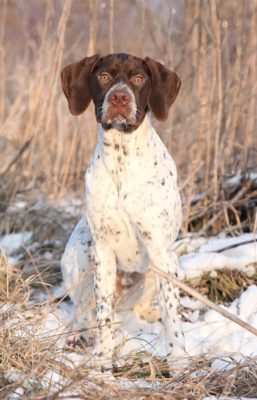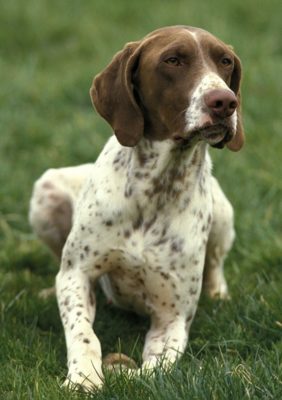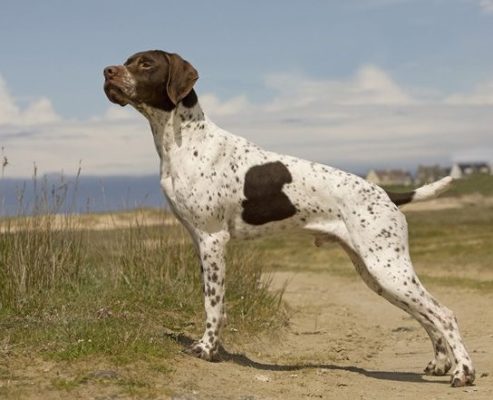Braque Francais (Pyrenees)
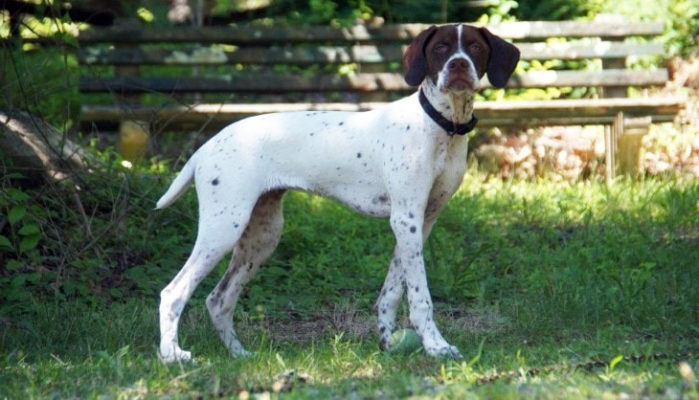
The Braque Francais (Pyrenees) is a dog with an excellent temperament. They are soft and calm natures. The Braque is usually obedient and friendly, perfect for families. The dog is great with everyone, including children. The pet is very sensitive and needs affection and care. On the other hand, Braque Francais (Pyrenees) has excellent hunting qualities. The dog is very excitable, takes the trail well.
Table of Contents
Breed Information
| Another Name | French Pointing Dog – Pyrenean type; Braque Français, de Petite Taille |
| Origin | France |
| Height | Males 44-58 cm Females 47-56 cm |
| Weight | 20-32 kg |
| Fur | Rough, thick, short |
| Color | White with brown spots or solid brown |
| Lifespan | 12-14 years |
| FCI Classification | Pointing Dogs |
| Group | Hunting dogs, dogs for children |
| Price | $500-800 |
Breed Photos
Origin History
The Braque Francais is a hunting breed that was bred in France back in the 17th century. The Braque Francais (Pyrenees) is considered the ancestor of all French short-haired hounds, pointers, and setters. The breed was first mentioned back in 1653. The dog was once on the verge of extinction but was saved by French dog breeders. In 1830, two types different in height were bred: the Pyrenean and Galician. The first type is more common and popular than the second. The standard of the breed was adopted as early as 1988.
Appearance
The Braque Francais (Pyrenees) is a dog with a strong, muscular body. The chest is broad and deep. The back is also broad and straight. The Braque’s neck is medium length, slightly curved at the top. On it sits a medium-sized head, not rectangular. The forehead is flat; the occipital tubercle is not expressed. Muzzle shorter than the skull, rectangular, broad.
Ears of medium length, hanging, set high. The eyes are golden brown. The limbs of the dog are muscular and long. The paws are round, with thick pads. The tail of the Braque Francais (Pyrenees) is long, if not cropped. The coat is coarse, short, and thick. Color white with brown spots or completely brown.
Character
The Braque Francais (Pyrenees) is a dog with an excellent temperament. They are soft and calm natures. The Braque is usually obedient and friendly, perfect for families. The dog is great with everyone, including children. The pet is very sensitive and needs affection and care. On the other hand, Braque Francais (Pyrenees) has excellent hunting qualities. The dog is very excitable, takes the trail well. It is hardy and resistant to weather conditions.
Care
It is best to keep a Braque Francais (Pyrenees) outside the city. Since this dog is very active and free-loving. It needs constant walks in the fresh air. In the city apartment, it will be uncomfortable.
The coat is short and undemanding in care. It is enough to comb it regularly with a special brush. After hunting in thickets, check your pet thoroughly and remove thorns and other debris. Do not bathe your dog often. Don’t forget to inspect and clean his ears.
Training
The Braque Francais (Pyrenees) is an intelligent and obedient dog. Because of these qualities, it lends itself well to training. It is by no means recommended to shout and use force towards the dog. This dog requires an affectionate attitude. With all this, the Braque Francais owner (Pyrenees) will have to be persistent in training, as with all hunting dogs. Running training and other physical activity will only benefit the four-legged dog. A comprehensive approach to training and education will make a dog a successful hunter and a loyal companion.
Common Diseases
The Braque Francais (Pyrenees) is generally in good health. Hereditary diseases are not inherent in him. Common ailments:
- hip dysplasia;
- pulmonary artery stenosis of the heart;
- eye problems;
- Infectious diseases of the ears.
To avoid otitis media, you should regularly clean your pet’s floppy ears, which are prone to inflammation. You don’t want to start this process to prevent your dog from going deaf. Also, don’t forget to check your pet’s eyes and clean them if necessary.
Nutrition
The Braque Francais (Pyrenees) is not picky about food. The main part of the diet should be meat, dairy products, vegetables, cereals. Daily portions for the pet vary depending on physical condition. For each kilo of weight, a pet should have 20 g of meat, 30 g of cottage cheese, 7 g of vegetables, and 5 g of cereals.
Give your dog cabbage, carrots, beets, and potatoes. Add table salt, herbs, and bone meal to meals. These ingredients will increase the vitamin and mineral value of the food. It is important to reduce the amount of fat in the dog’s diet. Completely unsuitable for the four-legged dog, such human foods as sweets, smoked meats, and pickles.
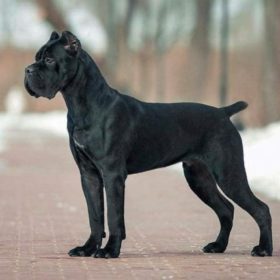 Cane Corso
Cane Corso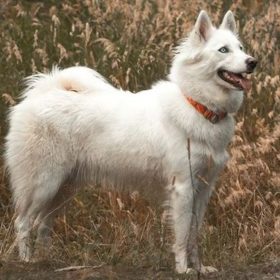 Yakutian Laika
Yakutian Laika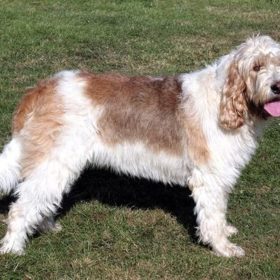 Otterhound
Otterhound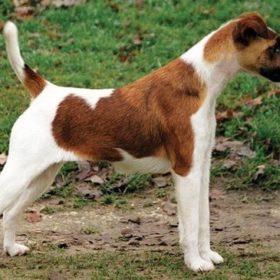 Smooth Fox Terrier
Smooth Fox Terrier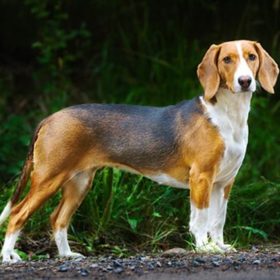 German Hound
German Hound Lithuanian Hound
Lithuanian Hound